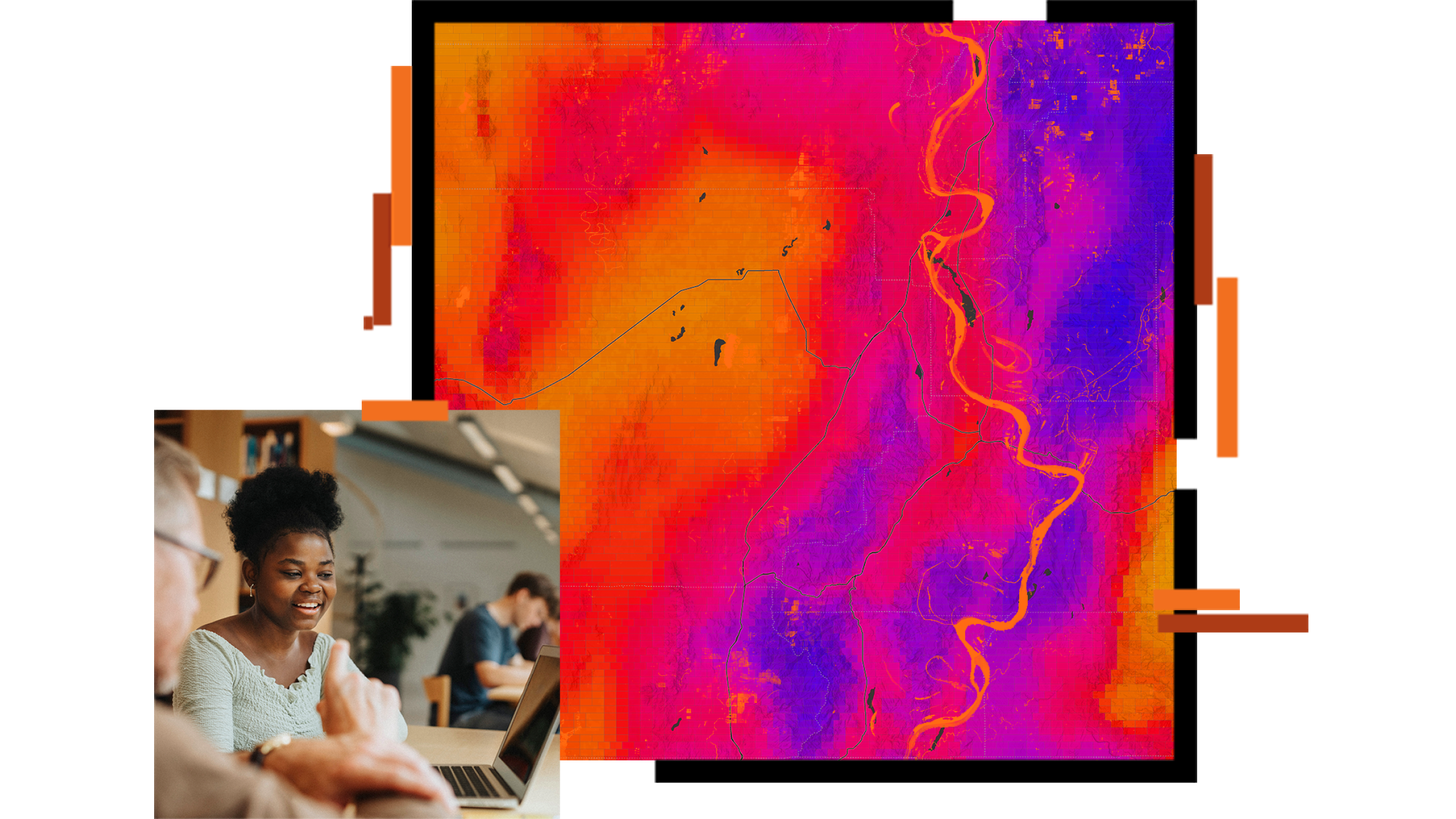Combining the power of spatial analysis with data science
Incorporating spatial analysis into data science combines the strengths of both disciplines to extract deeper insights from data. By learning both spatial analysis and data science, students gain unique skills and a competitive edge in solving complex problems.



